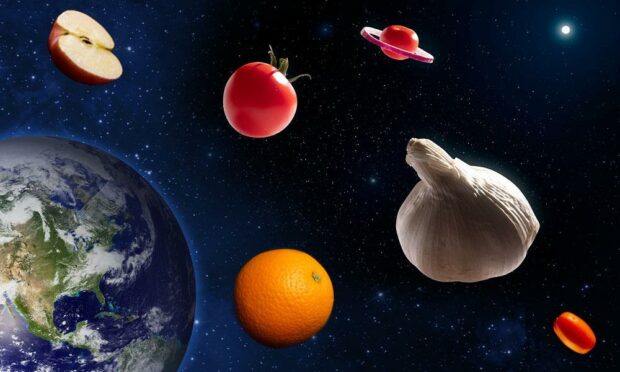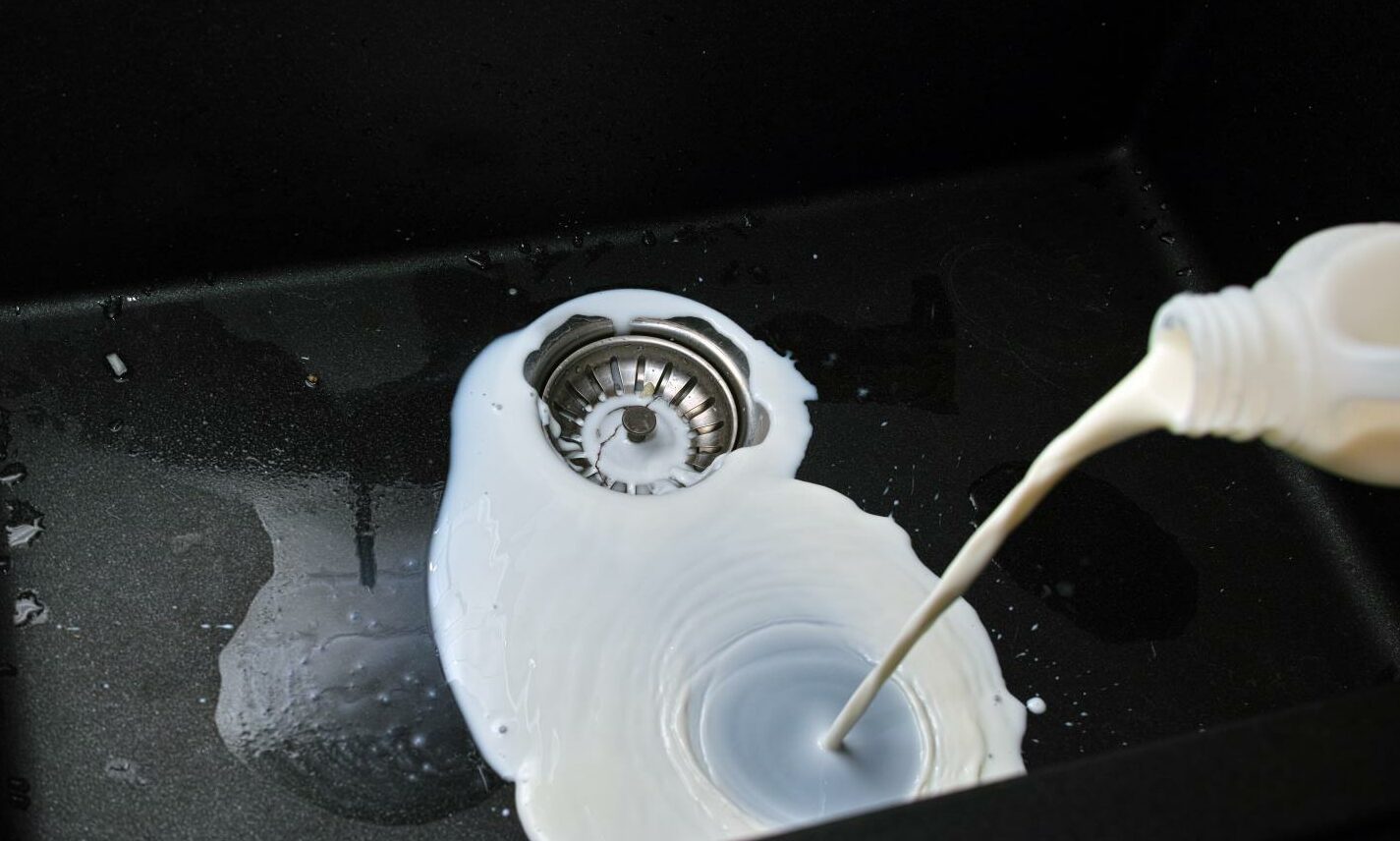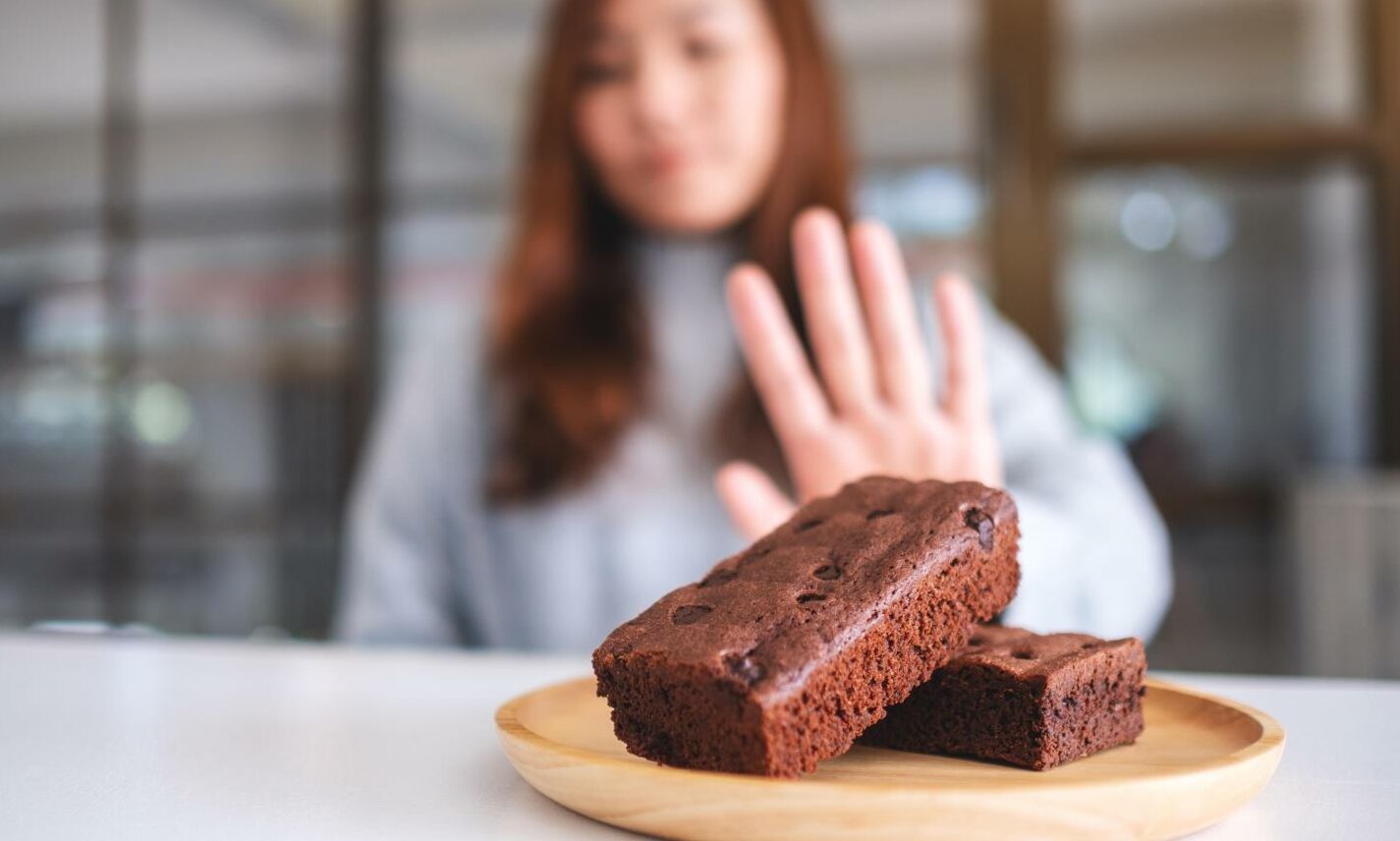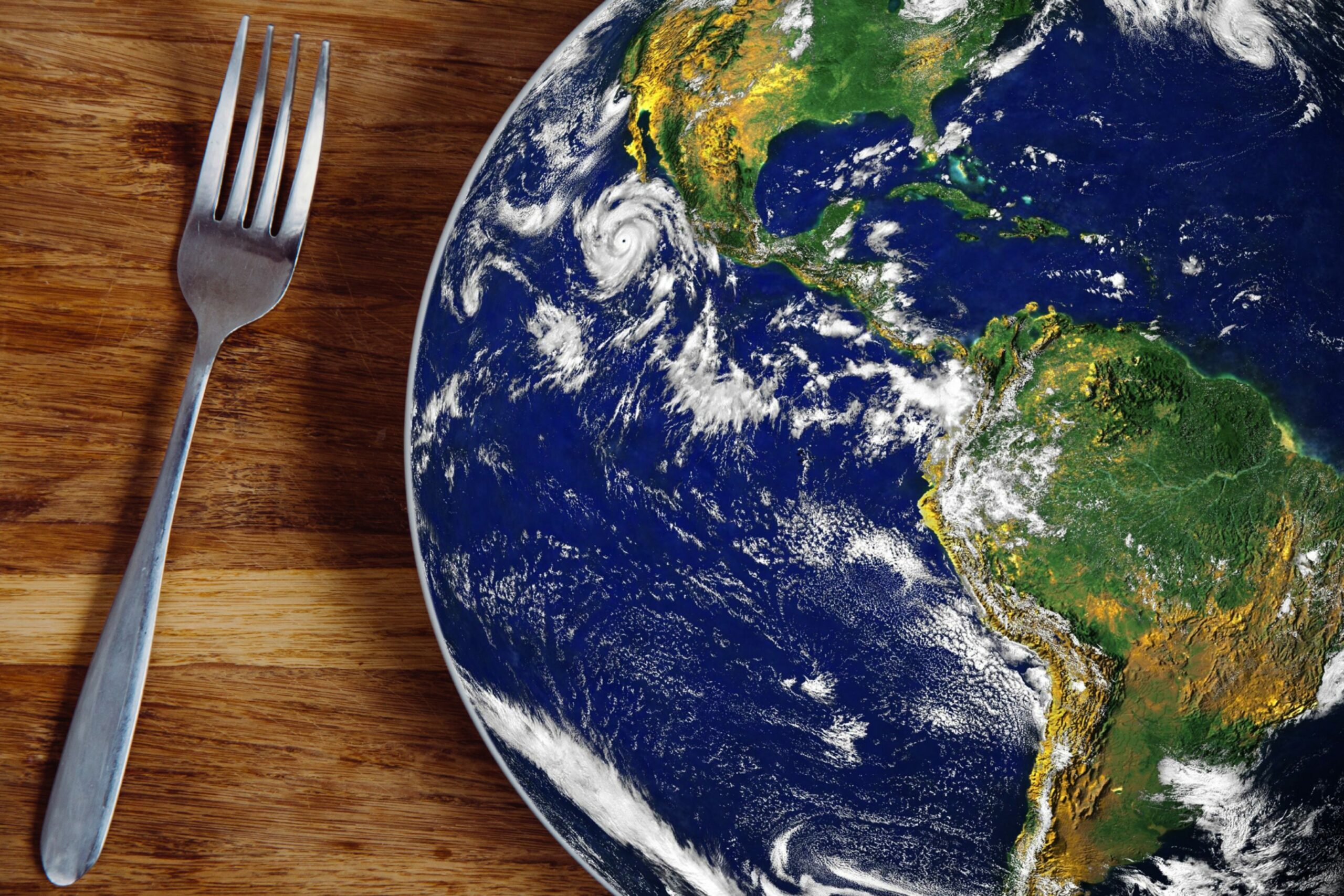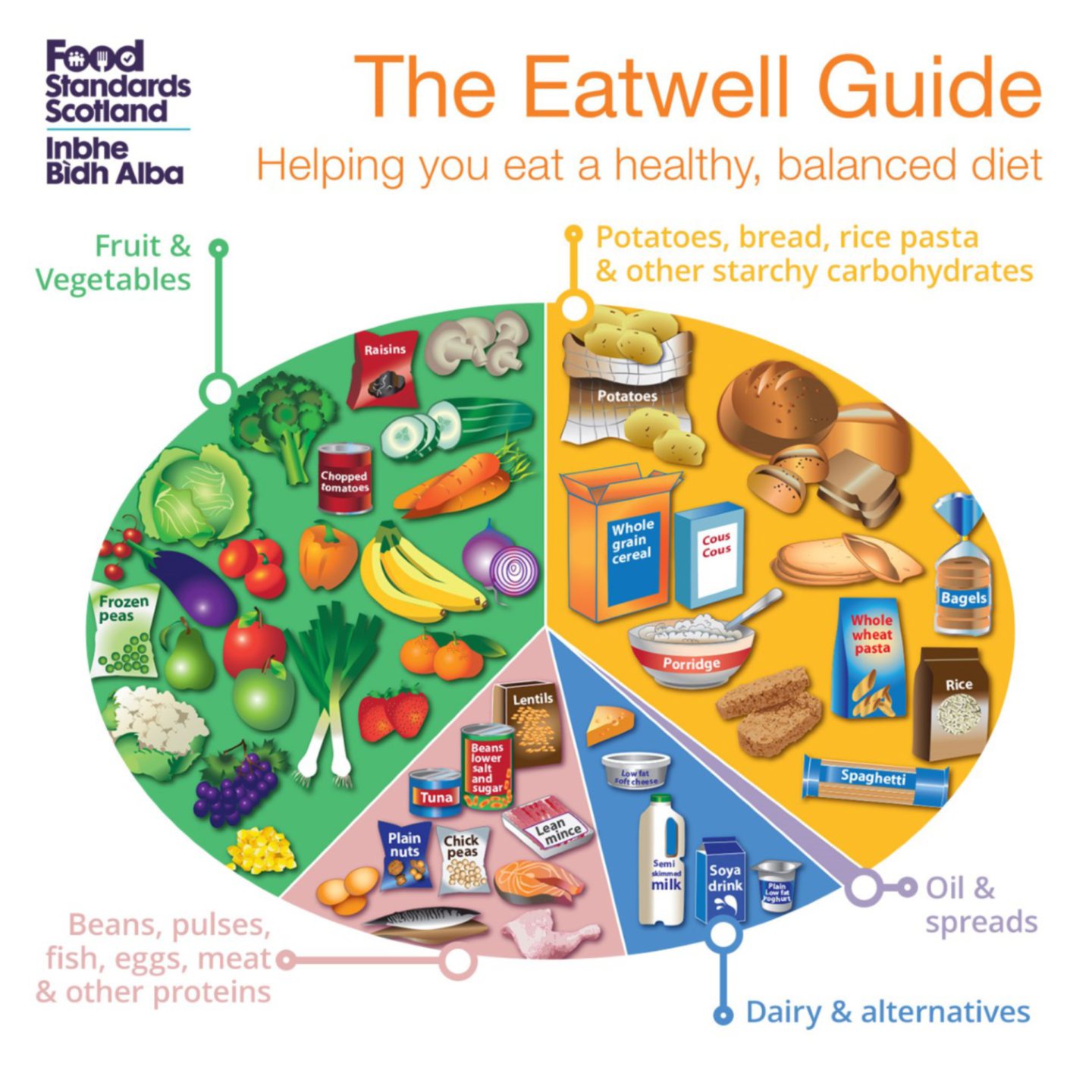We often hear we should improve our diets but did you know a healthier you could also mean a healthier planet?
The global population is expected to reach 9.7 billion by 2050 leading to increasing demands for food.
And there are already around 165 million tonnes of plastic floating around our oceans.
Food production causes about one-third of all greenhouse gas emissions and uses two-thirds of freshwater and over one-third of the land available on our planet.
The British Nutrition Foundation has revealed there are several ways we can help reduce the impact of food production on the environment…
Start crying over spilled milk
In the UK alone, roughly three million glasses of milk are poured down the sink every day.
And of these, many are due to fridges being set to the wrong temperature (keep it between 0-5C) or going out-of-date before they can be drunk.
Remember the difference between use-by and best before labels on food, and plan your meals in advance so less goes to waste.
Around 10% of global greenhouse gas emissions are caused by food waste – so even small changes can make a large difference.
Ditch the crisps and cakes – try peanut butter instead
The BNF says foods that are high in fat, salt and sugar are some of the biggest culprits when it comes to greenhouse gas emissions, due to the way they’re manufactured.
They can also have a toll on the likes of land and water use.
While we can still have snacks, it’s best to set the chocolate and crisps aside in favour for something like wholemeal toast with peanut butter.
Always go for a seafood selection
Fish provides an important source of long-chain Omega-3 fats which can reduce your risk of cardiovascular disease.
Eating two 140g portions a week is good for your diet but to protect our seas we need to be aware of the issue of global fish stocks.
One-third of fish stocks are thought to be overfished. But we can try to experiment with a wider range of seafood to reduce pressure on cod, haddock, tuna, salmon and prawn stocks.
Using the Good Fish Guide can help you make more sustainable choices as well as choosing seafood certified with an eco-label.
Get the scales out
Eating a variety of plant-based foods is good for the environment – and healthier for you too.
They’re a good source of vitamins, minerals and fibre and we should aim to eat at least five portions a day.
Try having fruit as a snack or adding fresh, frozen or canned vegetables into curries, stews or soups.
Additionally, swap some meat for plant-based proteins like beans, lentils or chickpeas.
If you follow the UK’s healthy eating advice guide you’ll eat a more plant-rich diet with more fibre.
You don’t need to achieve this balance with every meal, but it’s best to try to get the balance right over a day or even a week.
This will help you cut down on meat, dairy and junk foods which can be bad for the environment.
